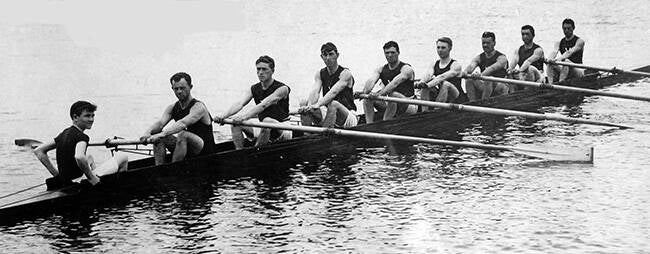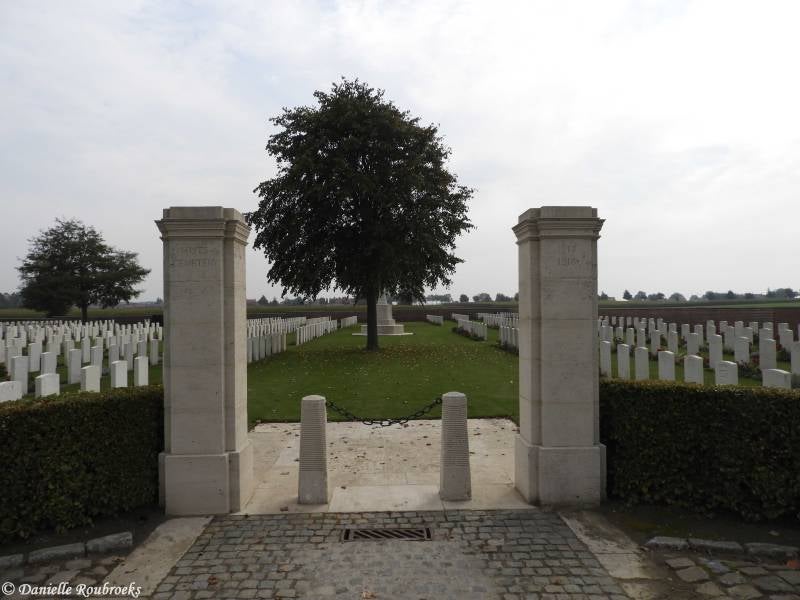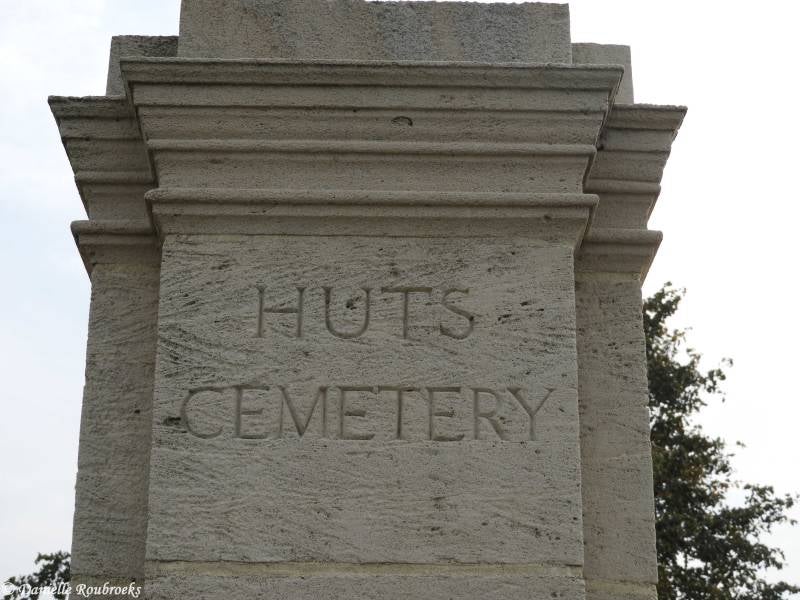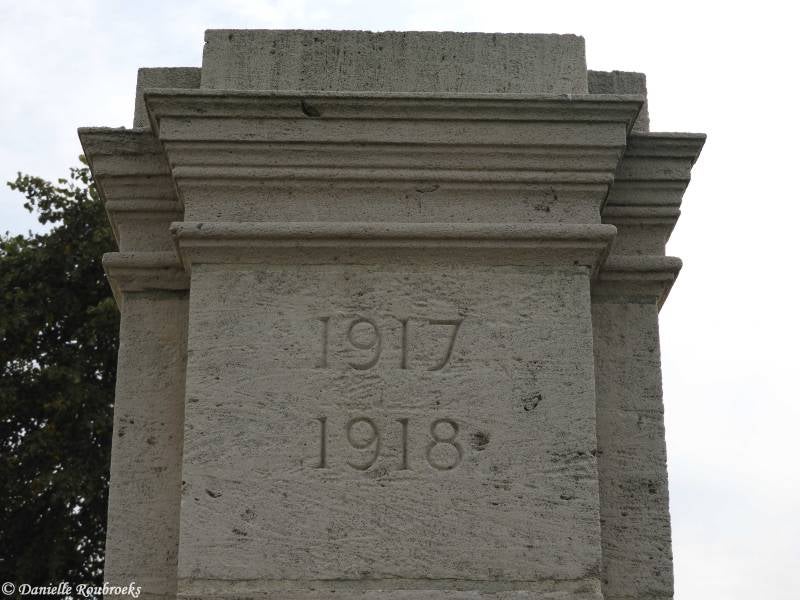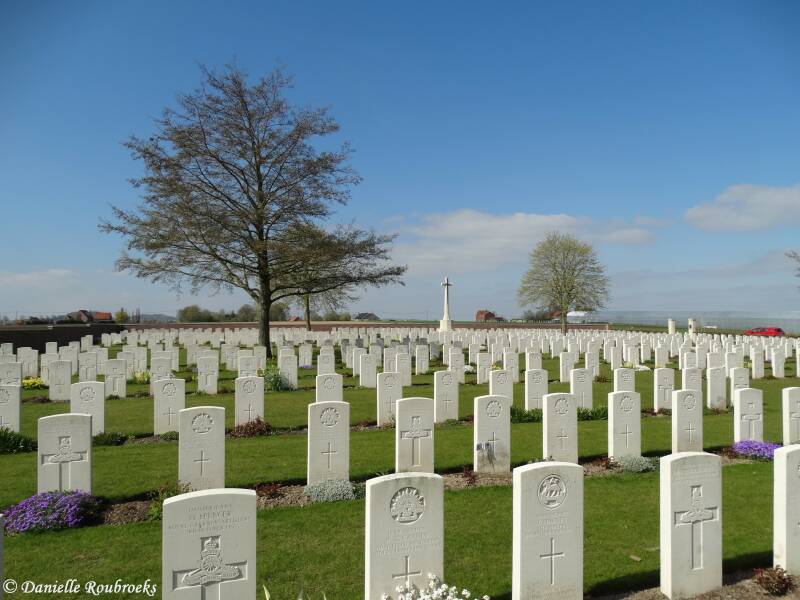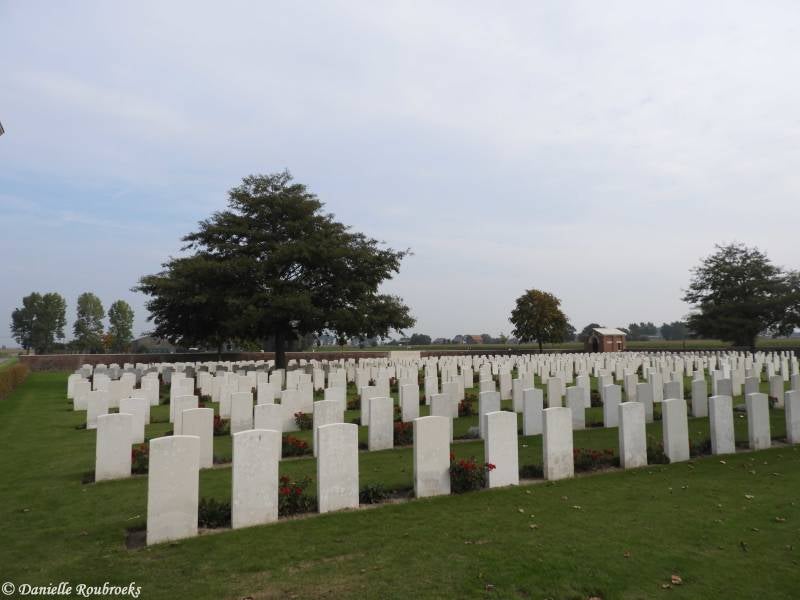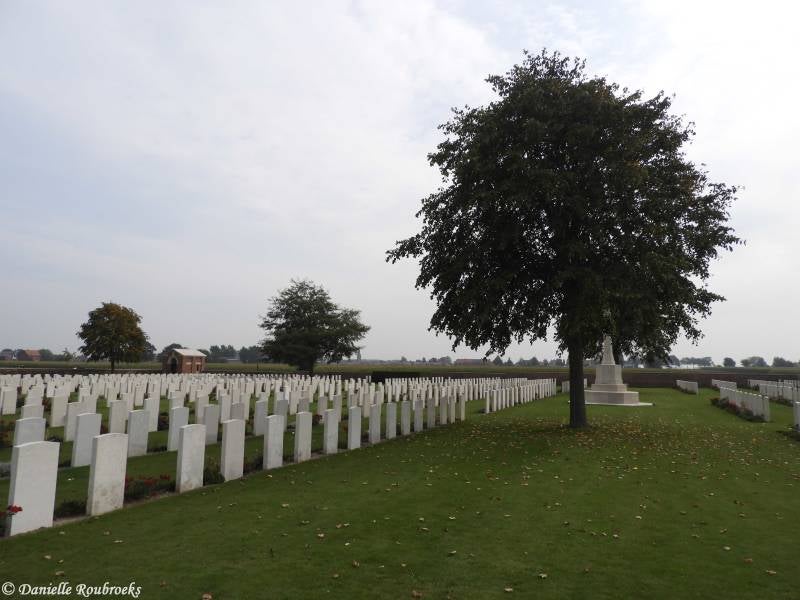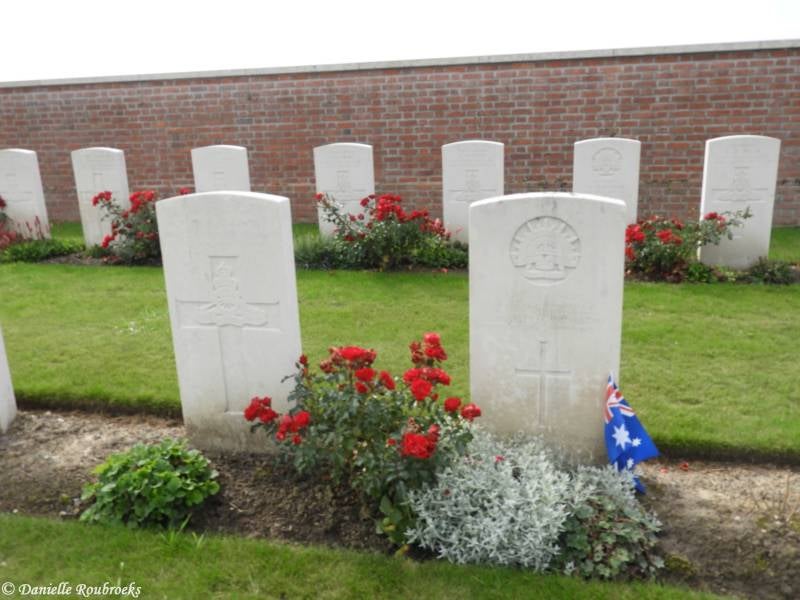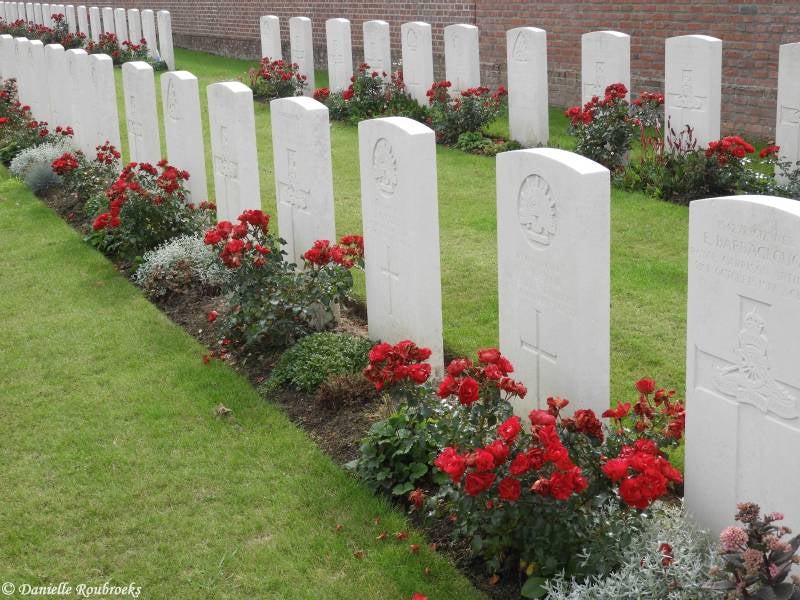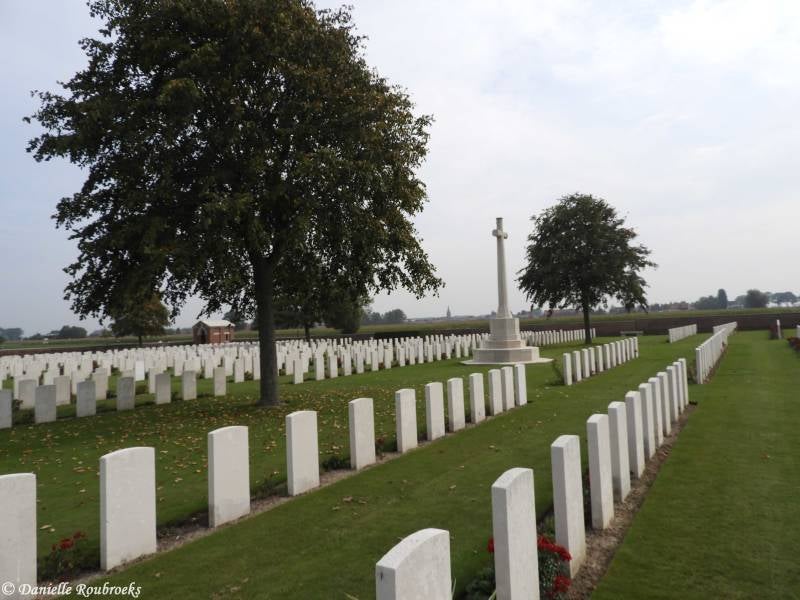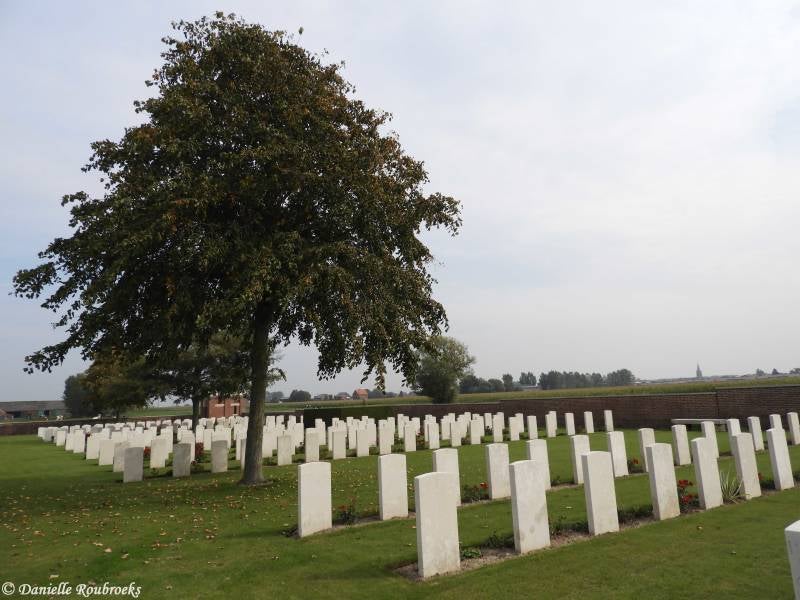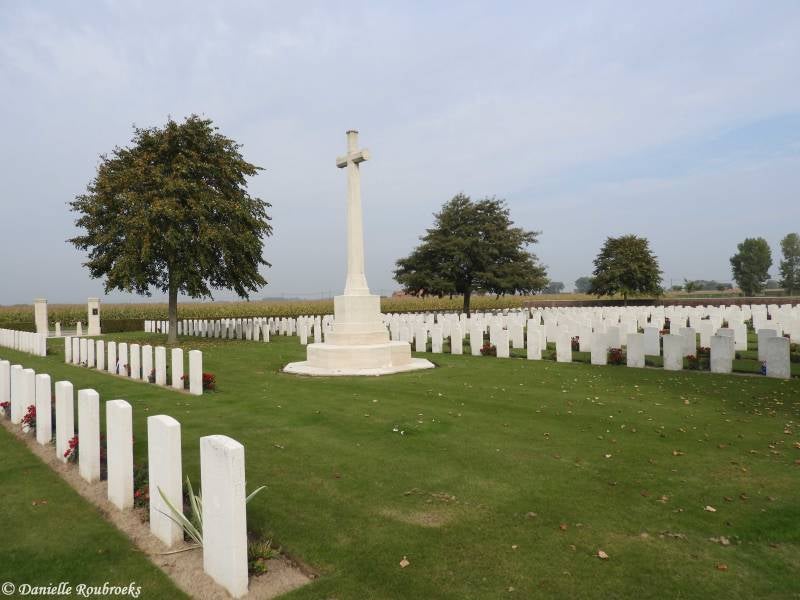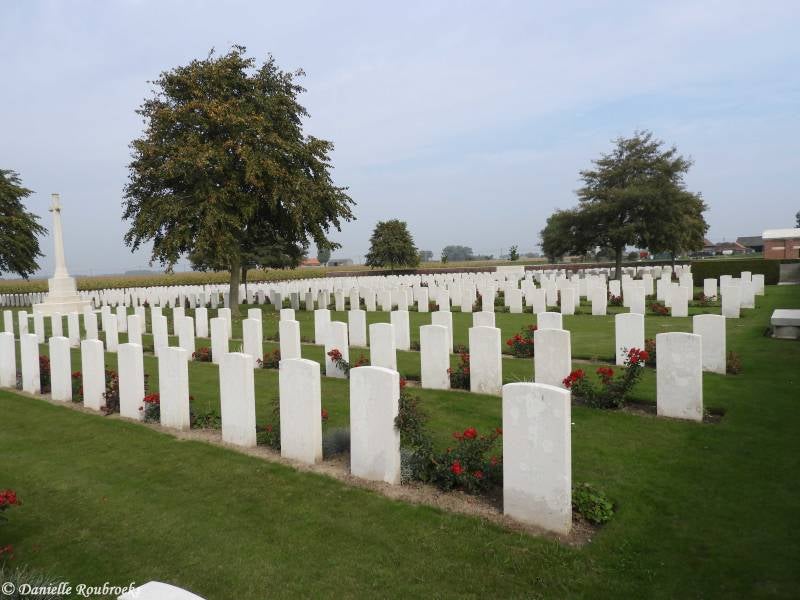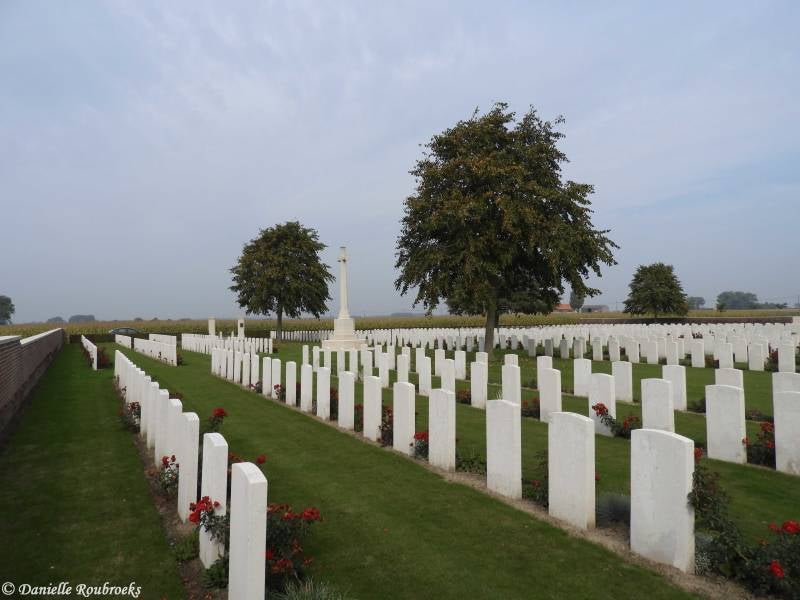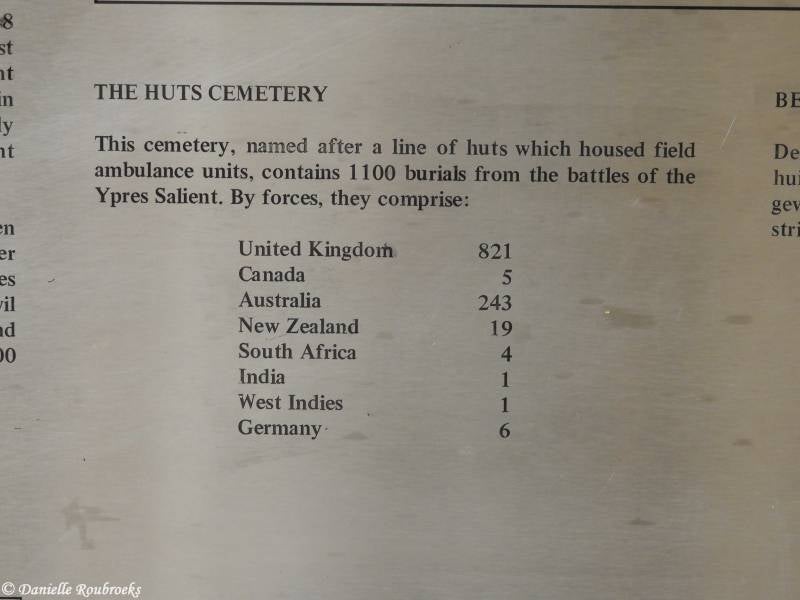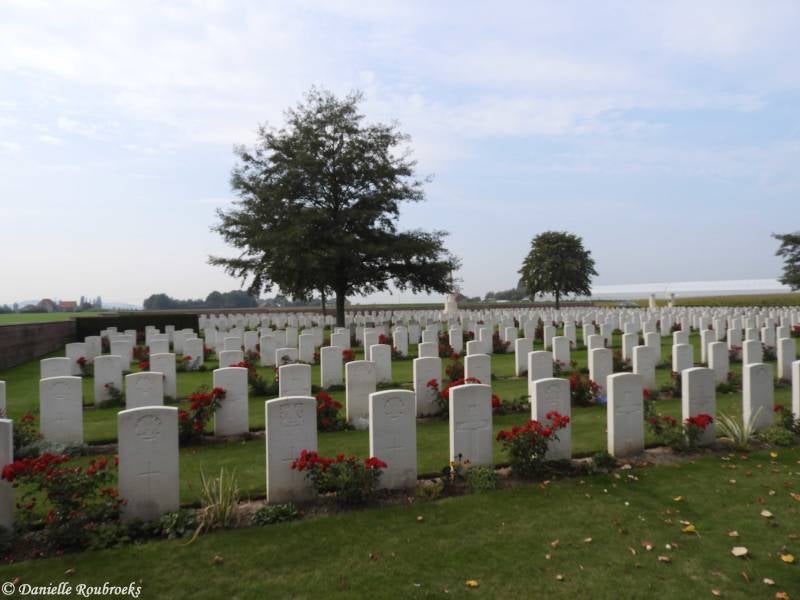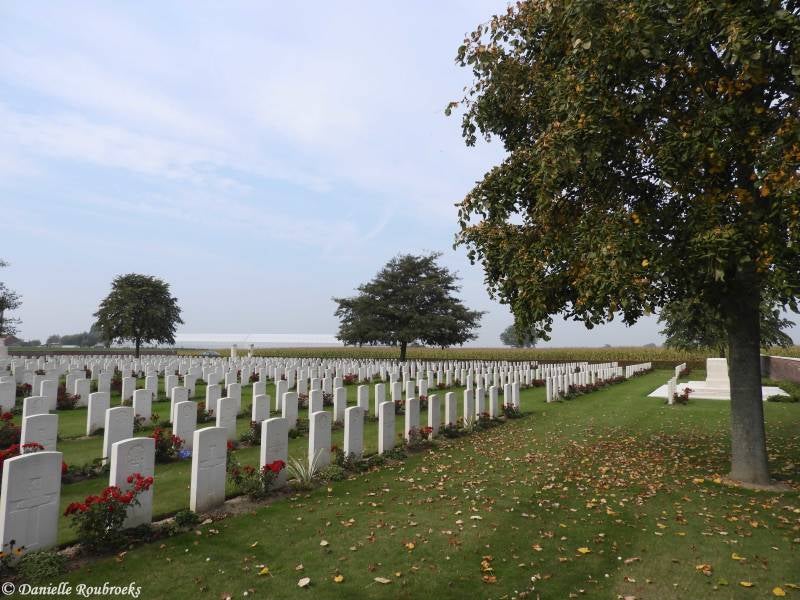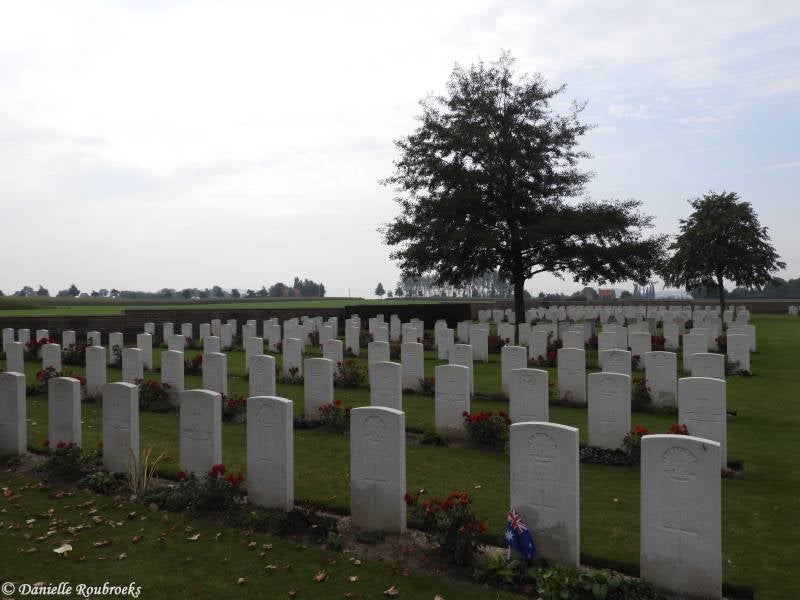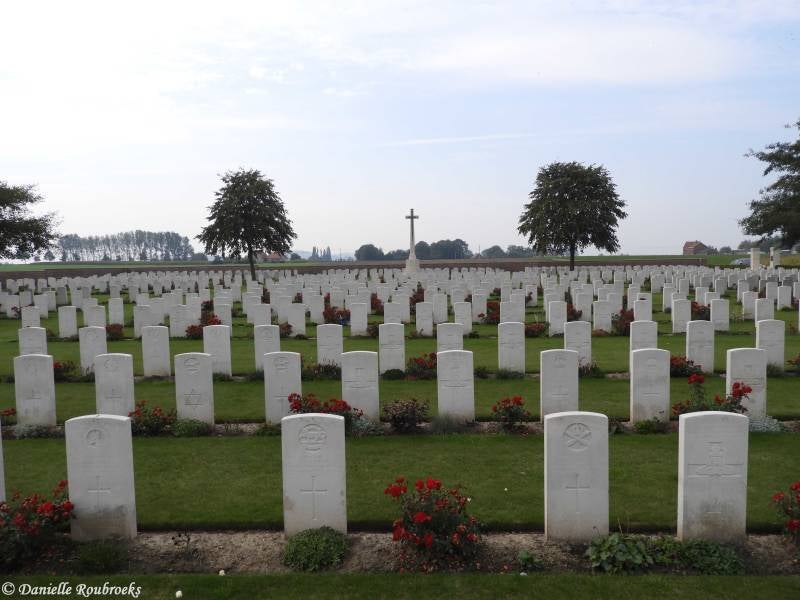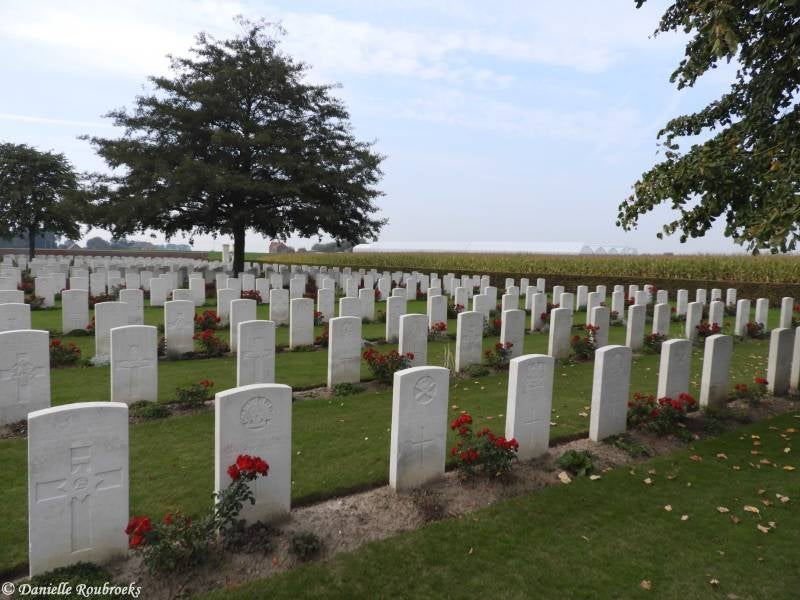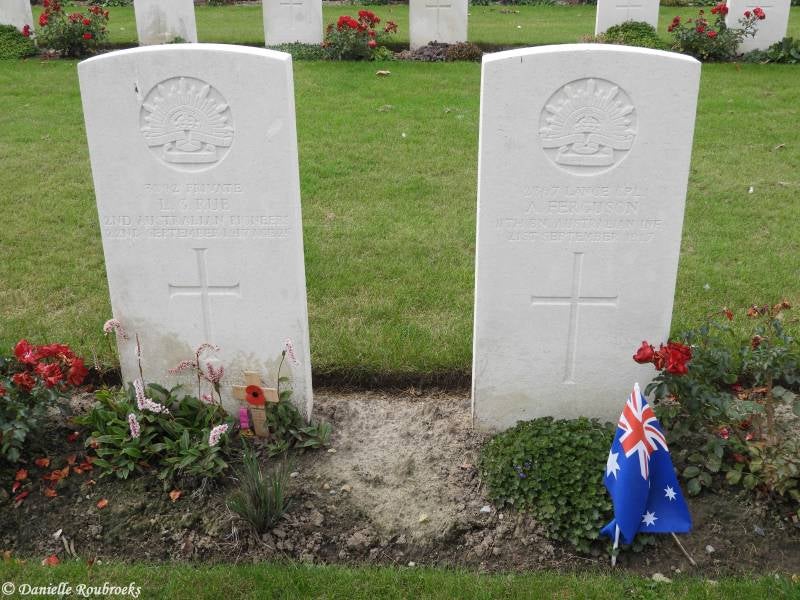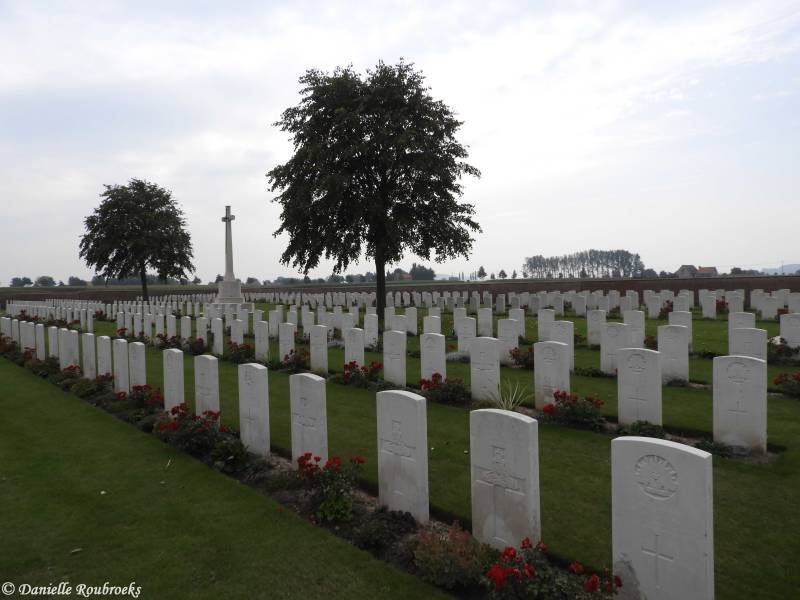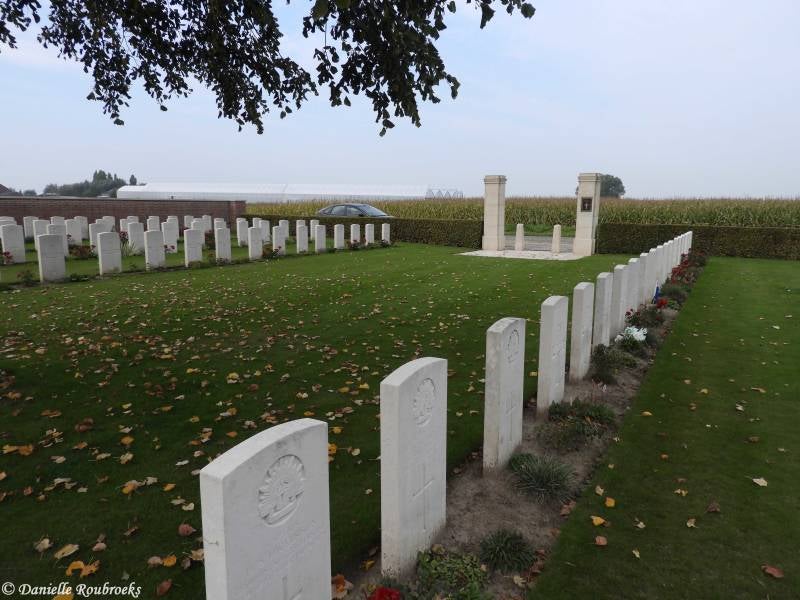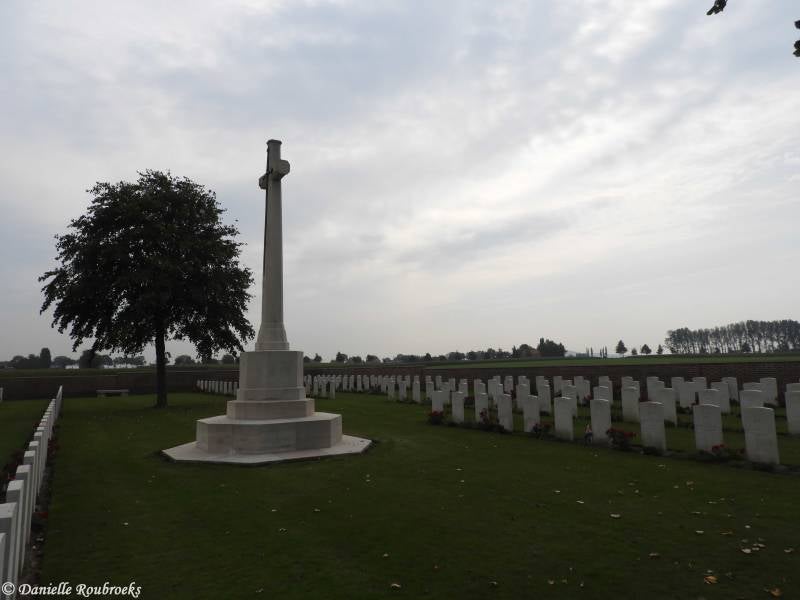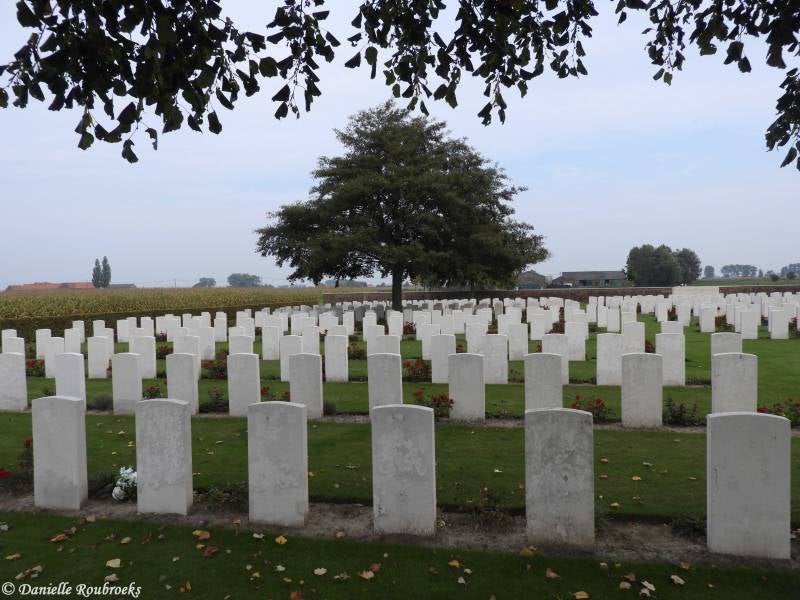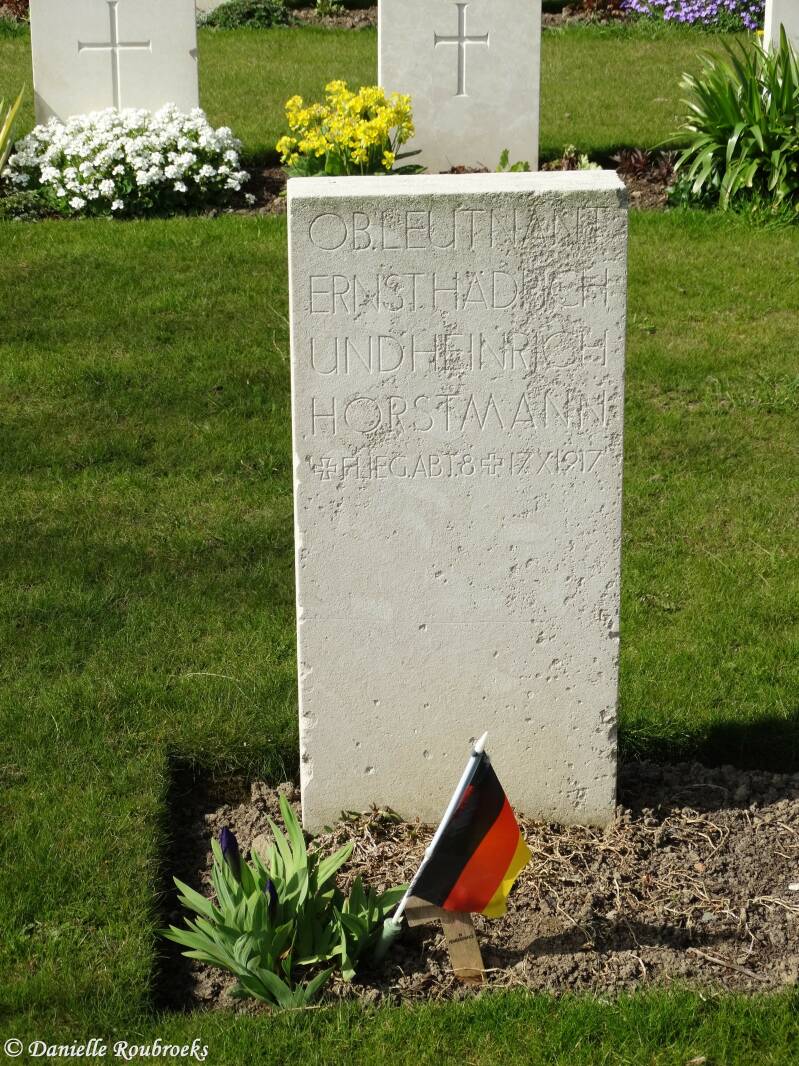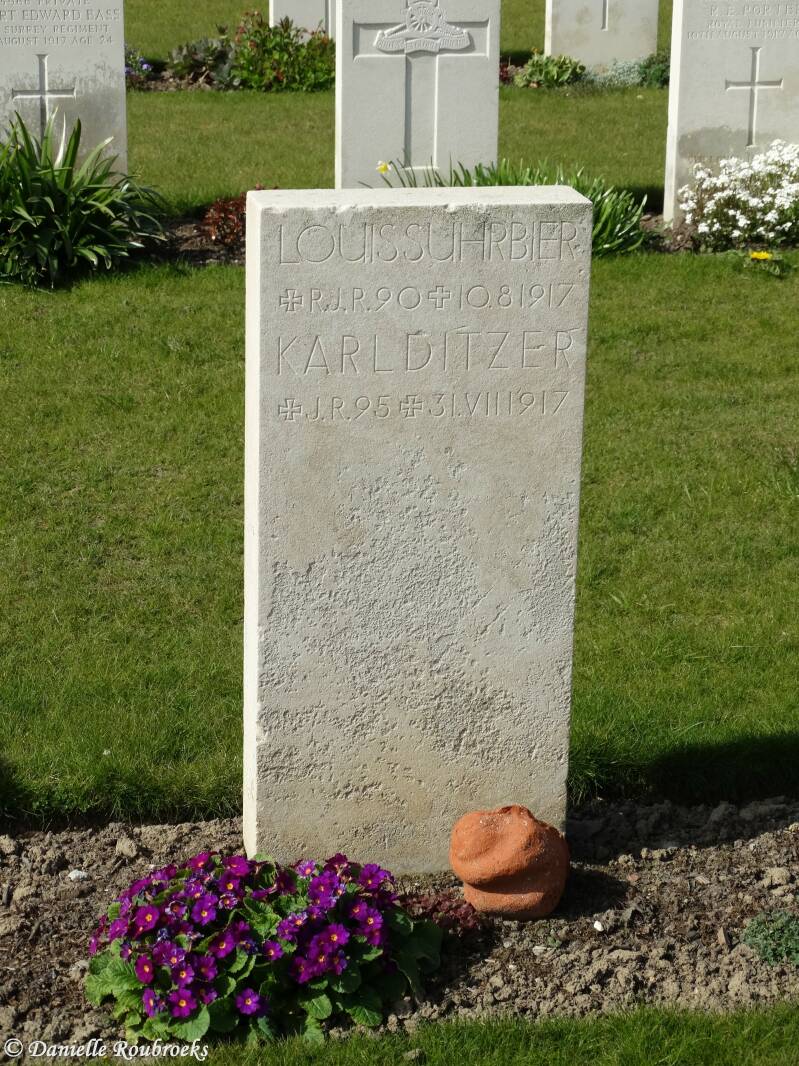The Huts Cemetery
History Information (Source: CWGC)
This cemetery takes its name from a line of huts strung along the road from Dickebusch (now Dikkebus) to Brandhoek, which were used by field ambulances during the 1917 Allied offensive on this front. Plots I to X and XII to XIV were filled between July and November 1917. Plots XV and XI followed. Nearly two-thirds of the burials are of gunners as many artillery positions existed nearby. The cemetery was closed in April 1918 when the German advance (the Battle of the Lys) brought the front line very close. The advance was finally halted on the eastern side of the village, following fierce fighting at Dickebusch Lake, on 8 May.
There are now 1,094 Commonwealth burials of the First World War in the cemetery. The cemetery was designed by Sir Edwin Lutyens.
Served with
- United Kingdom (820)
- Australian (243)
- New Zealand (19)
- German (6)
- Canadian (5)
- South African (4)
- Indian (1)
Served in
- Army (1088)
- Air Force (10)
VII. D. 19. Captain Herbert Spencer DICKINSON - 57th Bn. Australian Infantry, A.I.F. - Died 25 September 1917 Age 25
Country of Service: Australian
“GREATER LOVE HATH NO MAN THAN THIS TO GIVE HIS LIFE FOR HIS FRIEND”
Captain Herbert Spencer Dickinson
Herbert Spencer Dickinson was born at Thorpdale, Victoria on 20 December 1891 to parents Thomas and Clara. An accountant by trade.
Herbert began rowing at Wesley College, winning the Head of the River in 1909-10. Upon Charles Donald's retirement from coaching at Wesley College, he singled out one oarsman from the hundreds coached, Herb Dickinson. It was reported in the newspaper article of this occasion that Capt H S (Herb) Dickinson was the finest oarsman to pass through Donald's hands at Wesley. He went on to win for Albert Park in the senior pair, four and eight as well as champion fours and eights from 1912 to 1914. He represented Victoria in the Interstate Eight in 1912-14, winning once.
He enlisted at Prahran on 17 August 1914 at the age of 22. Enlisting with the 5th Infantry Battalion, Dickinson was allocated the rank of private. He departed Melbourne aboard HMAT Orvieto on 21 October 1914. After serving with his unit at Gallipoli, he was transferred in February 1916 to the 57th Infantry Battalion and sent to the Western Front in France. Dickinson was quickly promoted through the ranks, gaining his first promotion to lance corporal in September 1914 and becoming a captain by May 1916. Whilst serving with the 57th Infantry Battalion he was mentioned in the despatches of General Douglas Haig on 9 April 1917.
Dickinson was killed in action at Polygon Wood in Belgium on 25 September 1917. He was 25 years old.




